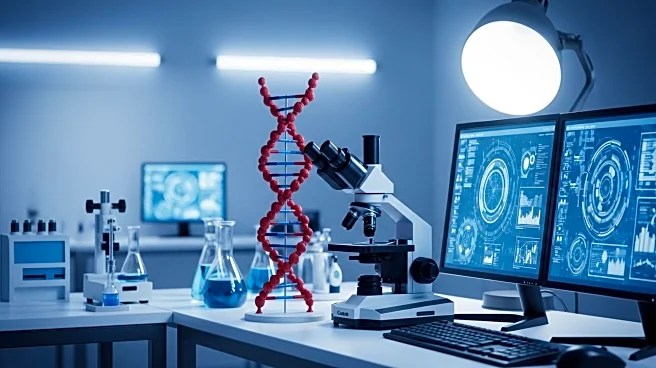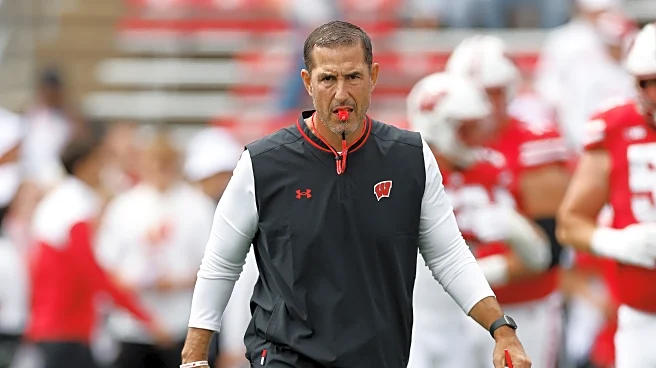What is the story about?
What's Happening?
A recent event focused on the intersection of life sciences and national security, highlighting the collaboration between these sectors to address public health and security challenges. Industry and defense experts shared insights on innovative solutions and the breadth of federal and defense-related contract opportunities available to companies, particularly in Indiana. The event emphasized the importance of strategic collaborations and leveraging existing resources to drive economic growth and technological innovation. Key presenters included Heath Murray, Executive Director of the Defense Innovation Networking Group, Lt. Col. Tommy Jones, USAF (Ret), and Kristin Jones, President and CEO of the Indiana Life Sciences Association.
Why It's Important?
The collaboration between life sciences and national security sectors is crucial for developing solutions to complex challenges such as public health crises and national defense. By fostering partnerships and leveraging resources, companies can enhance their competitiveness in securing federal contracts, which can lead to significant economic growth and technological advancements. This intersection is particularly relevant as it can drive innovation in areas like advanced research, development, manufacturing, and supply chain management, benefiting both the public and private sectors.
What's Next?
Organizations are encouraged to position themselves strategically to compete for federal and defense-related contracts. This involves forming partnerships, utilizing existing resources, and engaging in innovative research and development. The ongoing collaboration between life sciences and national security sectors is expected to continue driving technological advancements and economic growth, with potential new opportunities for companies in Indiana and beyond.
Beyond the Headlines
The event underscores the ethical and strategic importance of aligning life sciences innovations with national security needs. This collaboration not only addresses immediate challenges but also sets the stage for long-term shifts in how industries approach public health and security, potentially influencing policy and investment decisions.
AI Generated Content
Do you find this article useful?














